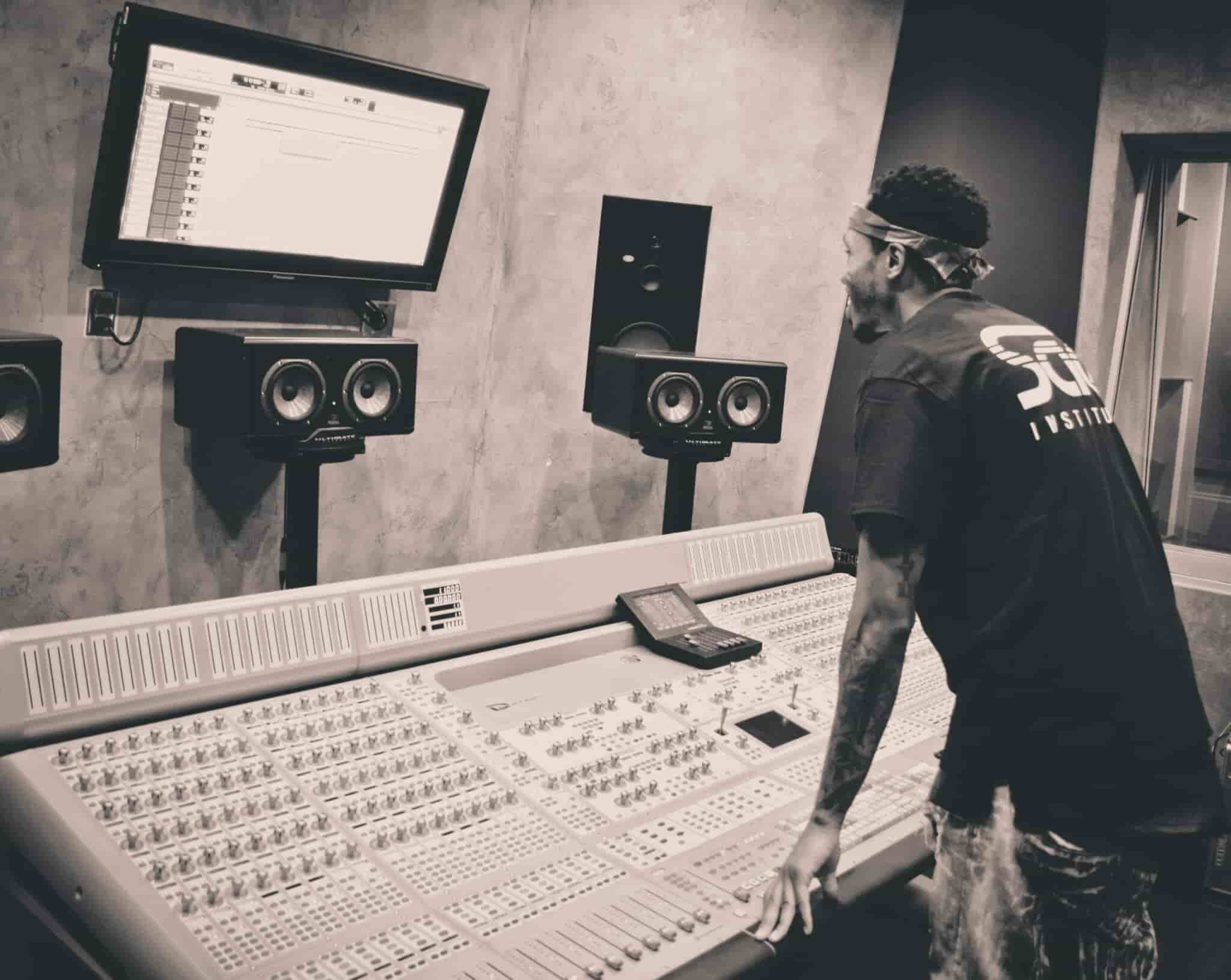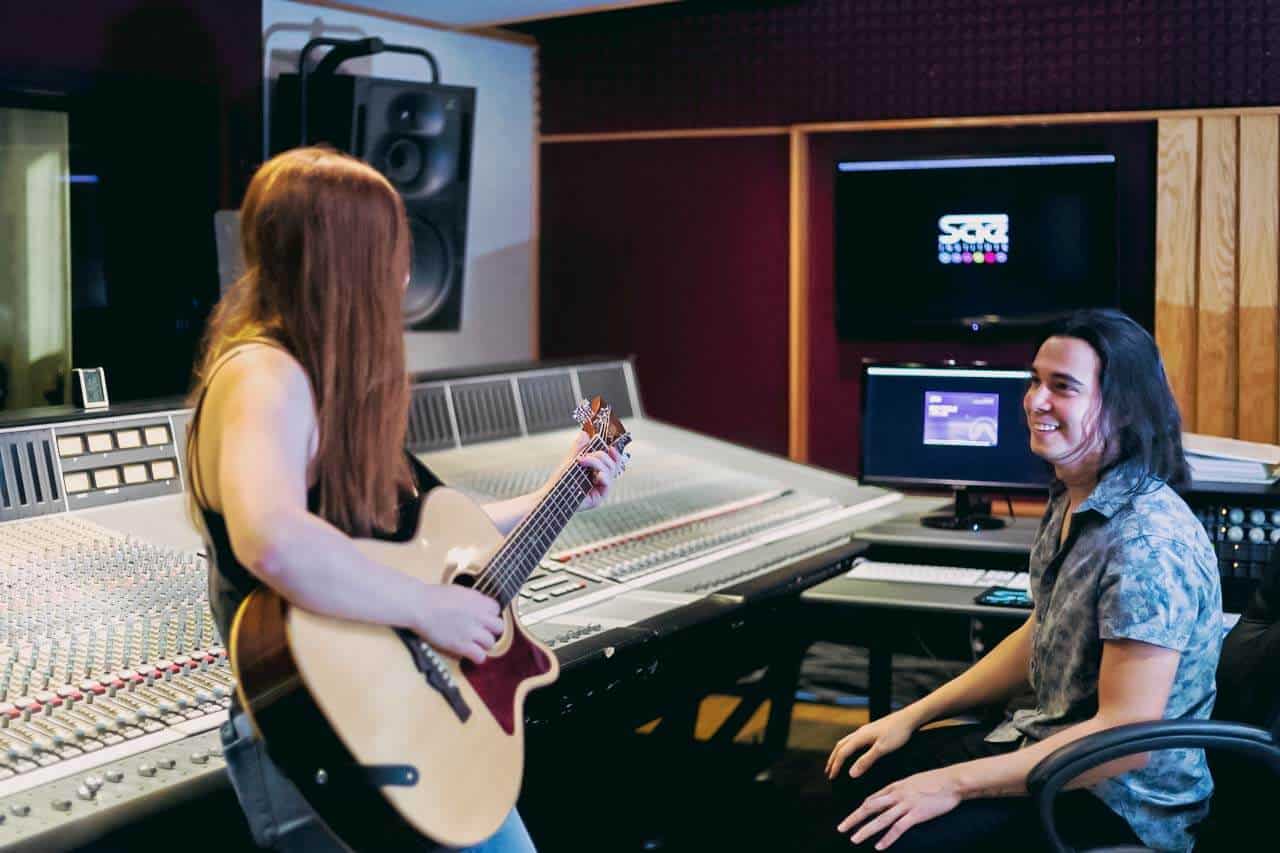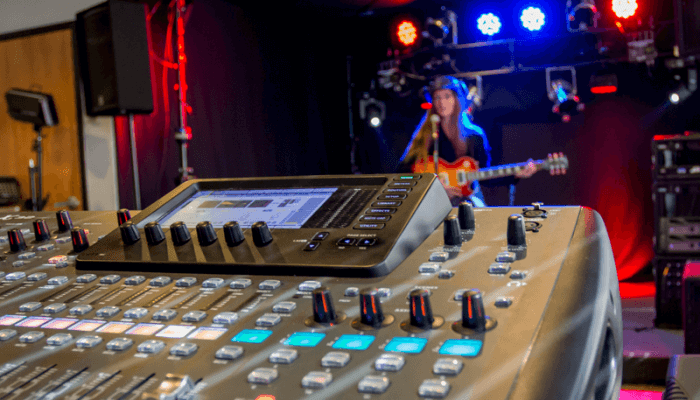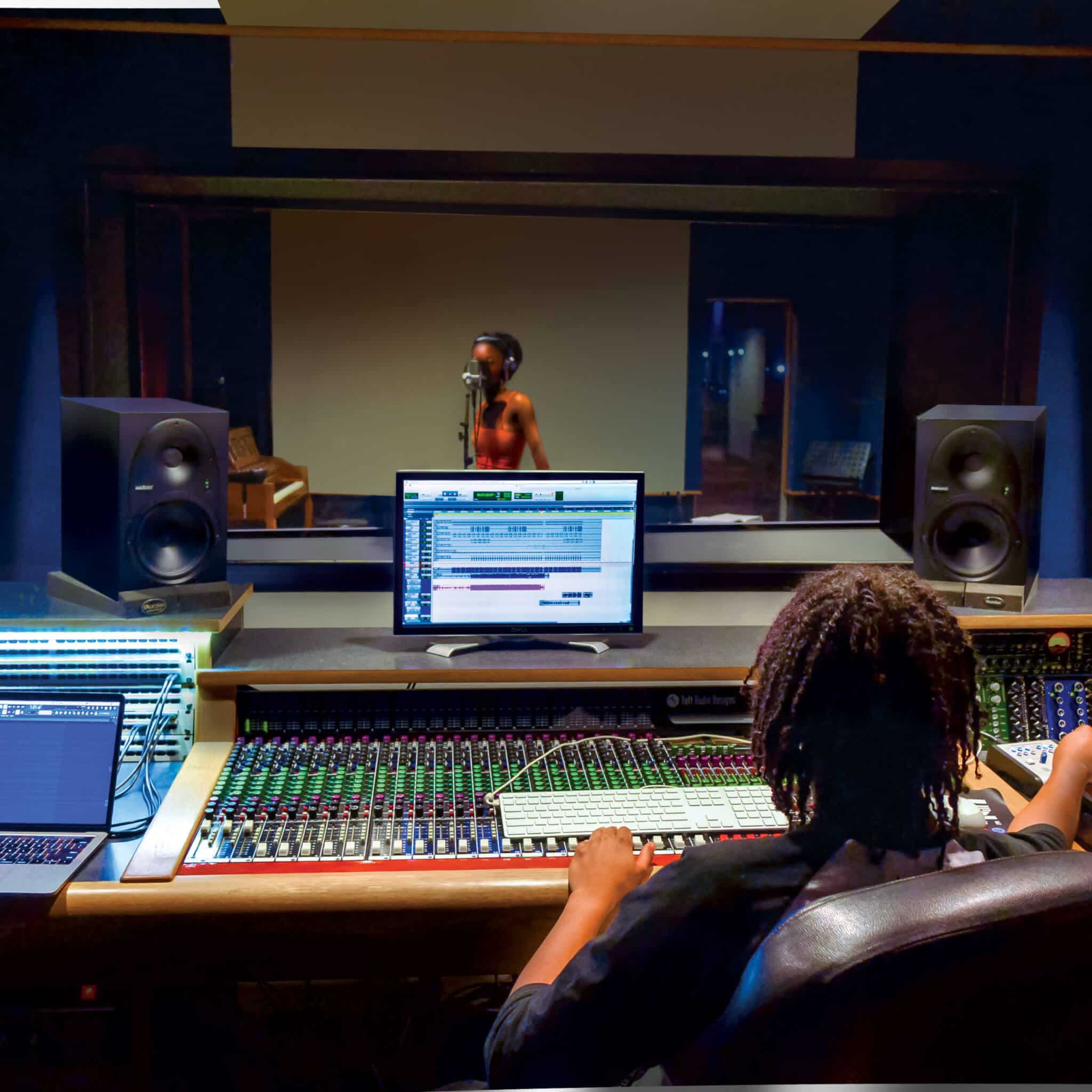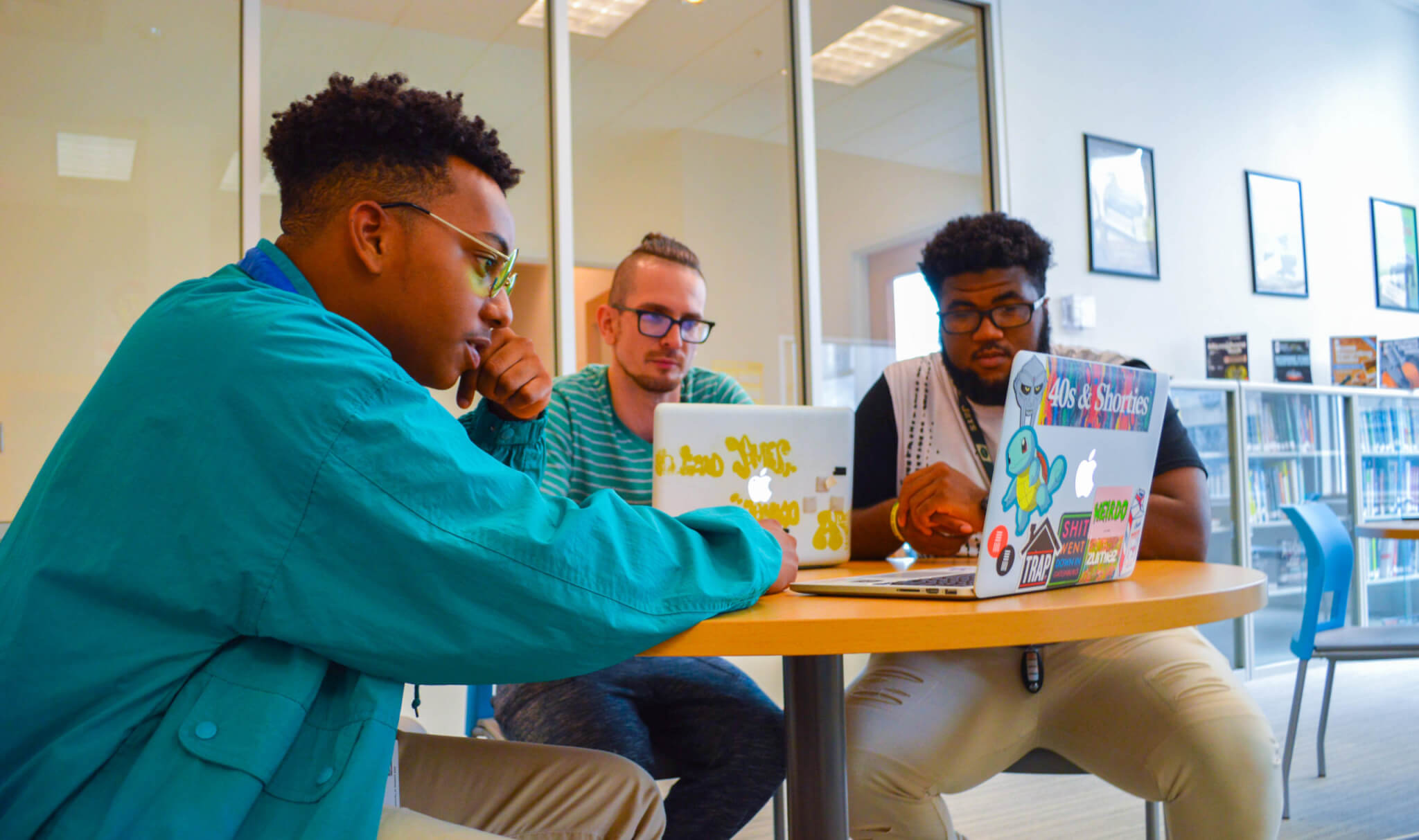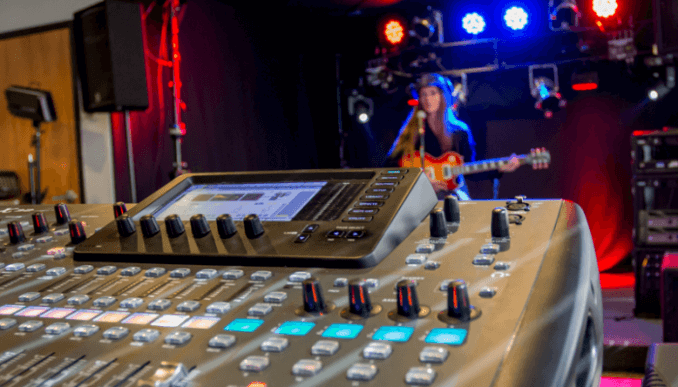
Lately, we’ve been scratching our heads about what the music listening landscape looks like in a post-pandemic world. Streaming payouts increased as much as 26% during the pandemic, even though we’d all but removed commuting—where the casual music listener listened to most of their music. So, did COVID permanently reshape the “casual” music listener to listen more? Or, perhaps we are seeing a staggering number of super-users streaming from their new home-offices? Further, if we’re listening to so much more music as we socially distance, will that trend continue when concerts, movie theaters, and other entertainment venues open once again? We join faculty from across our campuses in considering this and more about the future of music listening.
5 Primary Sources of Music Listening
Before we dive into the details, it’s important to consider the primary ways people listen to music. These days, there are five main ways that people tune in to their favorite sounds:
- Streaming Services
- Purchased Digital Downloads
- Radio (online and terrestrial)
- YouTube or Videos
- Physical Copies
With these diverse options, it’s important that record labels and the audio industry as a whole are able to keep up with trends and find ways to be where their listeners are. Even as we evolve in the digital age, we can’t overlook the fact that vinyl record sales have increased for the past 15 years and how important vinyl can be in some genres.
How Music Listening Has Changed During the Pandemic
Early on in lockdown, we saw sharp drop-offs in streaming consumption. Not only were people adjusting to life sans-commute, but other streamers like restaurants and small businesses had shut their doors. Audio-only streaming dropped 6%, yet video increased by 8%. This suggests that listeners might prefer to watch, rather than just listen. Further, in early weeks, 24% of people in a Billboard survey indicated that they’d added a new subscription service to their lineup, nearly 40% of those people adding Spotify, Apple Music, or Amazon Music.
As pandemic protocols lasted throughout the year, it was clear that music was one of the things many people turned to to cope. “More than 155m albums were bought or streamed in 2020, an increase of 8.2%.” Yet, the industry still struggles to quantify just what a “stream” is worth for artists, despite the fact that streaming accounted for 83% of total music industry revenue in 2020.
What to Expect Post-Pandemic
SAE Institute Faculty have lots of ideas for what this means for the future of the music industry. Andy Wildrick, Audio Program Chair at SAE Institute Nashville, thinks we’ll see an increase in singles instead of albums. Additionally, Vinyl will continue to outsell other physically recorded mediums. In terms of technology, he predicts that music production apps for iOS will continue to gain traction and appeal for producers, while demand for streaming reform increases, as backlash over low payouts continues. However, with everything moving more and more digital, it’s likely there will be a drive within a couple of years for physical interactions—concerts over live streams—in addition to demand for physical merchandise.
Ryan Griffin, Director of Education at SAE Institute Nashville says, “I think the future for the music industry post-COVID is in a good place, and I don’t mean boardrooms with suits. The music industry has been trending to a much more decentralized model. COVID forced that even further and the future is in the hands of a new generation that can be described in one word, resilient. Seth Godin got me thinking about this when he said:
‘The world is going to change, and resilience is our best response.
It’s not about building things that always turn out the way we expect. Bulletproof is too expensive, too rigid, and requires perfect knowledge of the future.
Flexibility, community, and a sense of possibility can go a long way. That doesn’t make it easier, but it’s our best path forward.’
The younger generation of music creators has the access to technology and consumers to carve their own path. I think we will see completely new ways of releasing music and some may question our traditional views of what “an album” or “music” really is.”
The first major act NFT has already happened, but what is on the horizon for someone who can play completely outside the lines of the traditional music industry? The only thing that has to stay consistent is how artists interact with their community. We have to keep fans engaged and meet them where they want to consume our music. Major touring will return, but the boom in live streaming has lowered the cost barrier and will completely change how small acts “tour.” The old model consisted of artists working low-paying jobs to pay their own way for a “tour”—breaking even usually wasn’t even a concept. Now, artists can get a much larger reach from their own bedroom and a decent webcam.
Finally, we believe that we will see personalization in live streaming concerts, and digital content rise even further. Fans will be able to interact with artists in new ways— ”backstage” at a concert will be completely reimagined. On the business side of the industry, that experience will also need to be redefined and monetized to provide value to both parties. What’s most exciting is that we haven’t yet heard what artists have been making through quarantine. We have high hopes that it’s going to get loud when we all come out of this.

